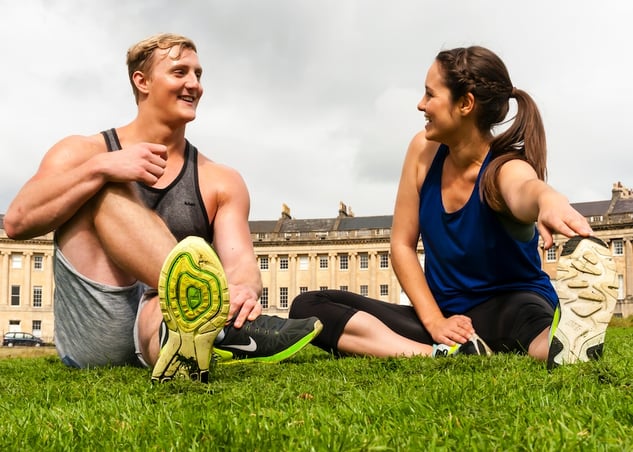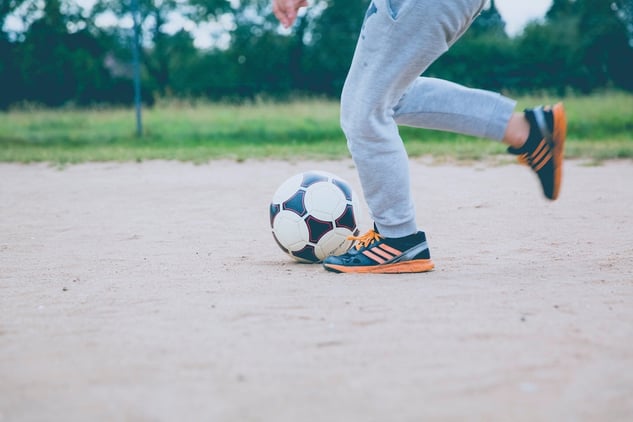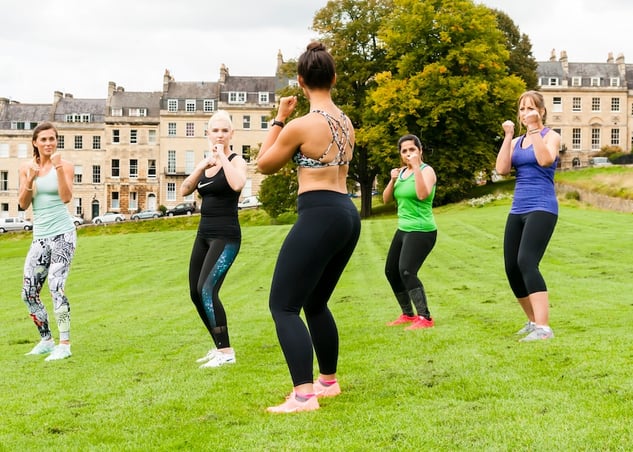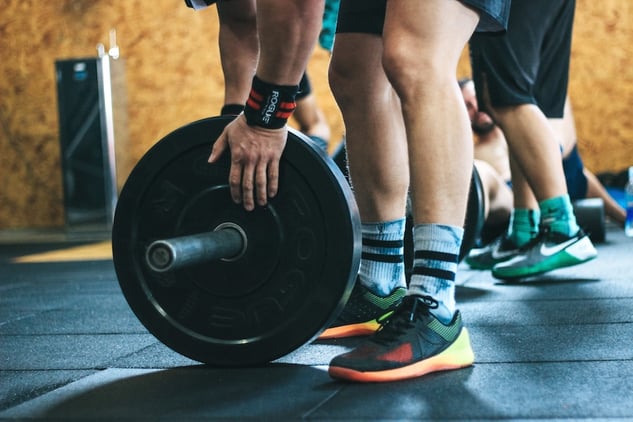You’re getting ready to hit the gym. You’ve got your bag packed with your workout outfit, your water bottle is full and your playlist is stuffed with inspiring beats. But do you ever stop and think about the gear that you’ve had for months? Perhaps years?
Whilst you can normally tell when your gym kit is knackered from bobbling, tears, holes and generally looking a bit too worn for the public eye… do you ever cast your attention to the state of your trainers? Sure, workout shoes aren’t cheap. Especially if you’re in need of quality treads that can withstand high impact activity… but you should ask yourself how often you should buy new workout shoes.

Find out how often you should replace your workout trainers and why it’s paramount for your body to ensure they’re always in good nick.
Why should I care about keeping my gym footwear in top condition
Depending on your favourite fitness activities, your gym shoes have a limited shelf life. Having your body weight hammering down on the padded cushions of your trainers week-in week-out, will affect the benefits that trainers are supposed to provide.
Imagine you took a piece of rubber foam and battered it with a hammer for a few hours - the padded thickness would be squished flat and there would be zero cushioning. No cushioning to absorb the impact of the hammer.... So when your trainers are nearing the end of their life, they’ll be providing minimal support and not absorbing the impact of your activities.

Good fitness trainers absorb all kinds of shearing and twisting forces your body does whilst running. Pronation is the rolling motion of your feet during a run - it absorbs the impact of landing on your heel as your feet hit the ground and provides balance during your momentum. If you have shoes that aren’t providing the right support, it can have side effects on your whole body which will certainly put you out of the race.
Everyone’s feet are different, so be sure to get the correct shoe for yours - the wrong shoes can put you at higher risk of injury. Knee pain, Achilles problems, hip issues - your feet can have a knock-on effect up your whole body.
If I workout in worn-out running shoes, how will it affect my performance?
Running and other similar high impact activities in shoes of poor condition can bring about heaps of potential injuries. Every time your foot strikes the ground, it generates a force up to three times your body weight per square inch, and your shoes need to absorb this shock!
If not, the impact can travel from your foot to your ankle, then knees and hips, causing trauma. Common ailments, such as, Runner’s Knee and Shin Splints are examples of what can happen if you don’t keep an eye on the quality of your shoes. Invest in a good pair at a specialist shop and be sure they recommend the correct shock absorption for your activities.

How often should I buy new workout shoes?
Road running wears workout shoes faster than trail running, but it also depends on your weight and your running style. If you land hard on your heels, it will affect your trainers more in comparison to an efficient runner. Depending on activity, there are some tips on how to stay on top of the condition of your footwear.
- Know how far you’ve gone: After about 400 miles of usage at the most, it’s likely that you’ll need to update your footwear.
- Check the tread of the trainers: If the tread is starting to wear off, that’s a sign the shoe is worn out.
- The heel of your trainer: If the sole under the heel looks crushed, demote the pair to casual wear and invest in new sports shoes.
- Pay attention to the wear and tear on the inside: when the interior or your trainers start to deteriorate, then be aware that the cushioning is probably knackered as well.
Have you considered having a few different pairs of active shoewear? If you own a few different styles, your biomechanics adapt slightly to each shoe. This can help prevent overuse injuries… and give your soles time to spring back into shape. Midsole foam needs about 24 hours to recover from a run!

And lastly...
Our last parting bits of advice are all about function over fashion. Always buy proper sports trainers - your joints are too precious to risk. The older we get, the less cushioning our feet have so it’s important to look for increased support and cushioning as we age. Fashion trainers won’t provide the support you need so put those Yeezys away and strap on a quality pair to beast your workout.
So time to take a closer look at those trusty trainers of yours. Are they an accident waiting to happen? Are they giving you everything you need for a stable footing? Perhaps it’s time to hit the shops to test and try out your next trainers that will send you onto victory.


